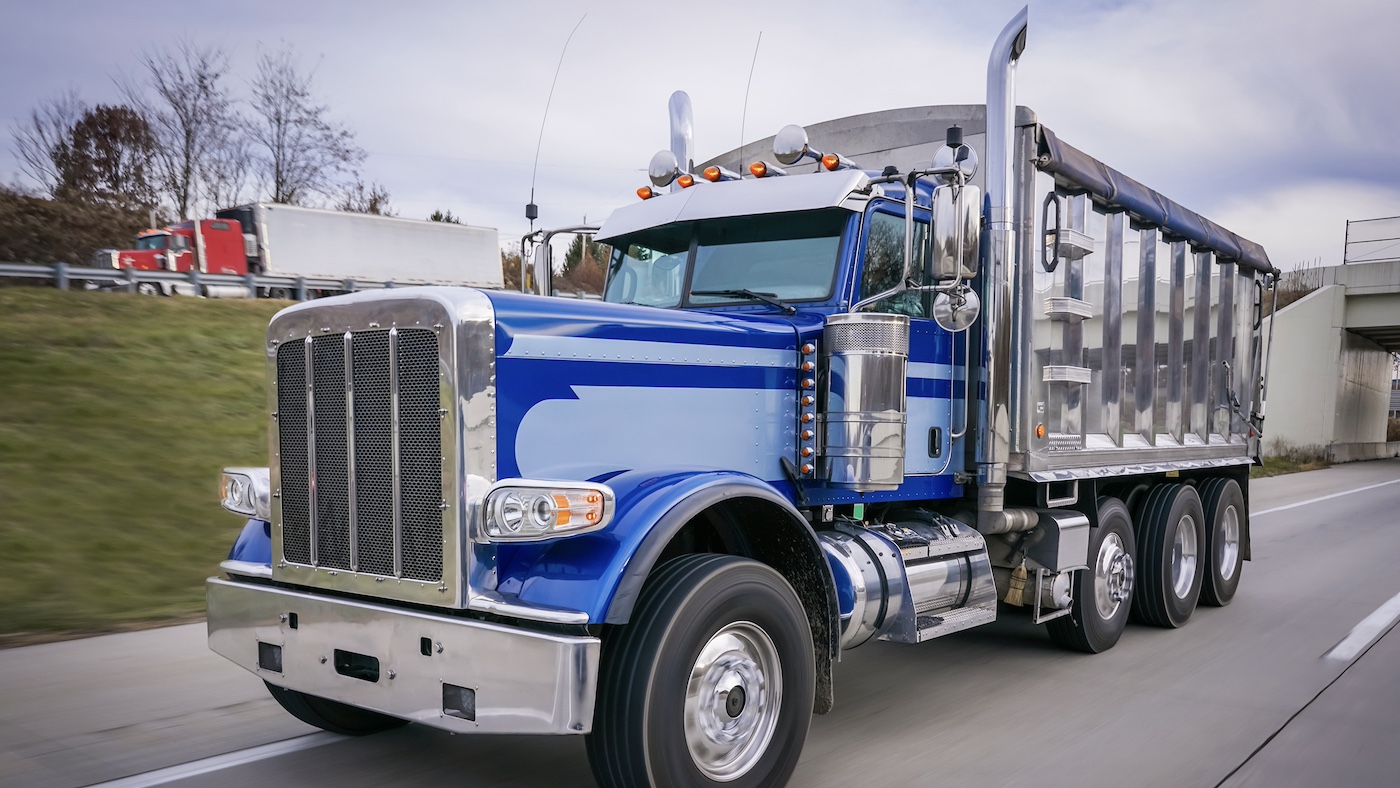As 2024 unfolds, it's evident that advanced technology is central to the future of fleet management. An increasing number of fleets are investing in innovative systems that help them take their operations to the next level. In fact, the global fleet management market is forecasted to grow from $25.5 billion in 2022 to $52.4 billion by 2027. The primary factor driving this massive growth is fleet safety.
Whether your organization has dozens or thousands of vehicles, leveraging modern fleet management technology will be a huge factor in your ability to operate safely and successfully. These systems give fleet owners and managers a leg up when it comes to streamlining daily operations, mitigating risk, and making strategic decisions.
What technologies are driving the industry forward? Here are the top trends to keep tabs on.
Top 5 technology trends
1. Connected, cloud-based solutions
Fleet management technology used to rely on on-device storage for dash cams, simple dots-on-a-map tracking, and a lot of phone calls. But the rise of connected, cloud-based solutions has been game-changing.
Fast connectivity combined with advanced fleet management software and telematics systems gives fleet managers real-time information about what’s happening in the field with drivers and assets. From odometer readings to collision footage, fleets have instant, accurate information to help them assess driver and vehicle performance, as well as make informed decisions to optimize operations.
As the global 5G rollout continues, we can expect to see less latency and increased productivity, super-charging the online connectivity in the fleet management industry. Lytx® is focused on continually increasing the accessibility of our technology. Our fleet video safety and telematics solutions are available via the cloud, and the Lytx Vision Platform has open-ended APIs and pre-built data connectors for easy integration with third-party systems. Connecting data from multiple systems can increase efficiency by eliminating manual processes and facilitating advanced reporting.
2. Video telematics
Telematics has evolved significantly over the decades, but it’s always been critical to fleet management. Simple telematics solutions have evolved into sophisticated systems that gather a variety of data from connected vehicles and devices, including everything from engine diagnostics and electronic control module (ECM) data to insights into driver behaviors such as acceleration and harsh braking. The simple inclusion of video, however, has provided invaluable context to not just what is happening on the road, but why.
The addition of video in telematics has proven to enhance fleet tracking and operational efficiencies, helping managers optimize routes, proactively manage maintenance, reduce idling time and fuel costs, and improve driver performance. And because a picture is worth a thousand words, video will become more prominent in modern telematics systems.
At Lytx, our cutting-edge dash cams extend your video telematics capabilities, with both live-stream and on-demand video options to help uncover operational blind spots and show you critical moments in the field.
3. Advanced Driver-Assistance Systems (ADAS)
Fleet safety remains paramount in the fleet management industry, and technology is at the forefront of supporting safety initiatives. Vehicle safety systems like ADAS have increased in popularity because they have proven to reduce risky driving behaviors and human error, therefore reducing the number of collisions.
The two types of ADAS are passive and active. Passive ADAS provides drivers with real-time, in-cab alerts. These visual and audio alerts notify drivers of risky behaviors, such as eating, smoking, cell phone use, and more, helping them stay focused on the road.
Active ADAS takes autonomous action to prevent a potential collision. Examples of active ADAS capabilities include collision avoidance, lane departure warnings, adaptive cruise control, and autonomous parking.
Lytx’s solutions support ADAS and other safety features, such as lane departure, lane weaving, following distance, critical distance, and rolling stop alerts. These ADAS tools are paired with high-quality video footage from cameras that capture a 144° view from the driver’s field of vision, as well as in-cab views to give managers a clear view of risks on the road.
4. Machine vision and artificial intelligence (MV+AI)
The future of fleet management will continue to innovate using artificial intelligence (AI). Advanced solutions combine AI with machine vision (MV) technology to help drivers and fleet managers correct distracted driving behaviors. MV technologies can identify risky driving behaviors (such as cell phone use, rolling through stop signs, not using seat belts, and more).
MV+AI is used to provide in-cab alerts that help empower drivers to change behavior in real time to avoid potential collisions. Video footage also provides fleet managers with valuable context in relation to collisions and safety protocols. Footage can be used to both exonerate drivers or settle claims quickly to avoid costly litigation. Today's fleet management solutions with MV+AI have proven to help mitigate risk, improve distracted driving, and provide deep insights.
Recently ranked #1 in Innovation in ABI Research’s Video Telematics Vendor Ranking Report, Lytx’s MV+AI is leading the fleet management industry. Our system uses video, embedded sensors, proprietary event review processes, predictive analytics, and statistical modeling to help identify, address, and change risky driving behavior, which can result in reduced claims and increased ROI.
5. Configurable coaching
As fleets struggle to hire and retain drivers and the dangers on the road increase, effective coaching has never been more important. MV+AI integrated dash cams deliver in-cab alerts that allow drivers to self-correct in the moment.
In the event of continued behaviors, fleet managers can intervene using captured event footage and streamlined coaching workflows. In general, coaching has become more effective and targeted over time, but the best coaching solutions will allow for configurable coaching workflows to suit a fleet’s unique needs.
Lytx’s fleet safety solutions are highly configurable. The technology allows drivers to self-coach via the Lytx Driver App, where they can watch video and access performance reports. Managers can access video instantly, providing coaching on the spot or during scheduled sessions. Our system makes the overall coaching process easier, with self, remote, and in-person options to suit each driver, coaching style, and situation, along with detailed reporting to help guide the program.
